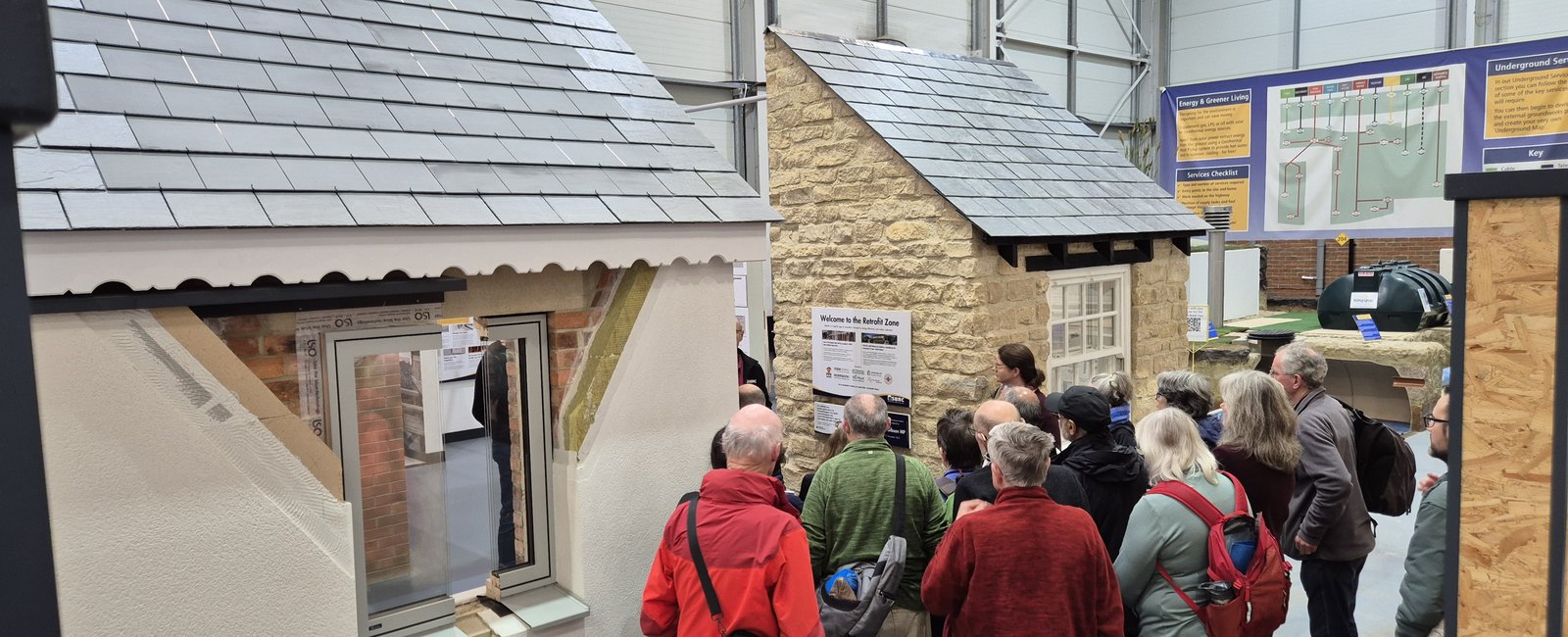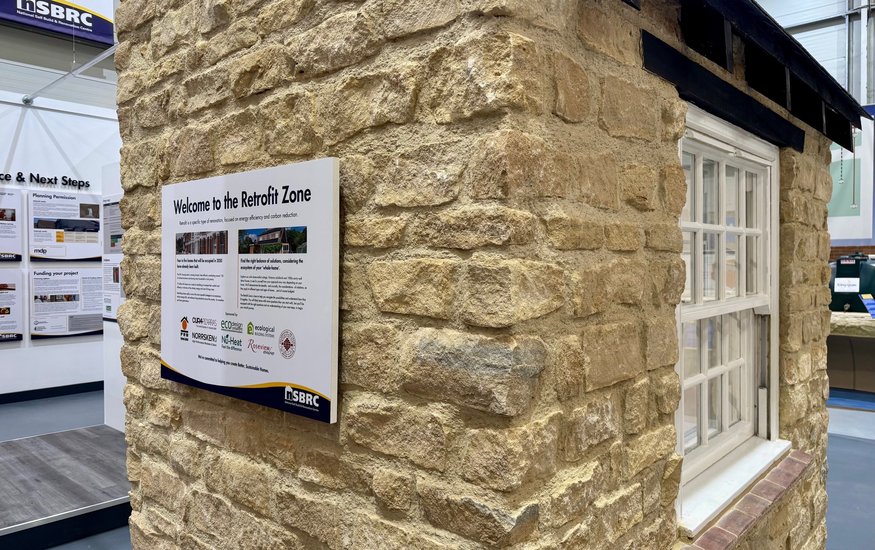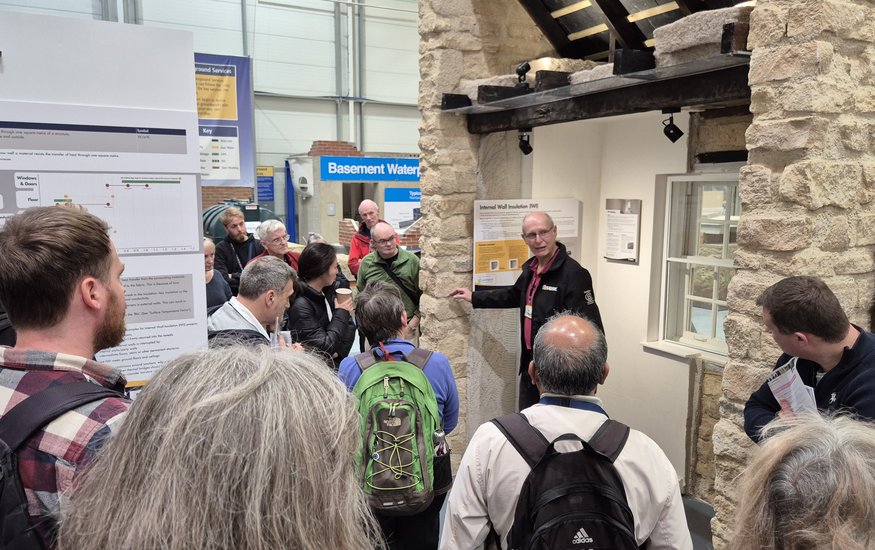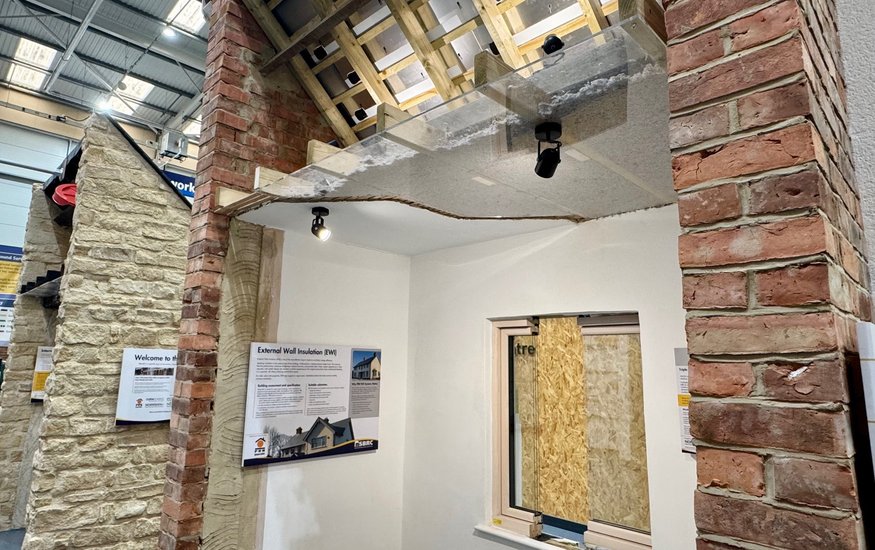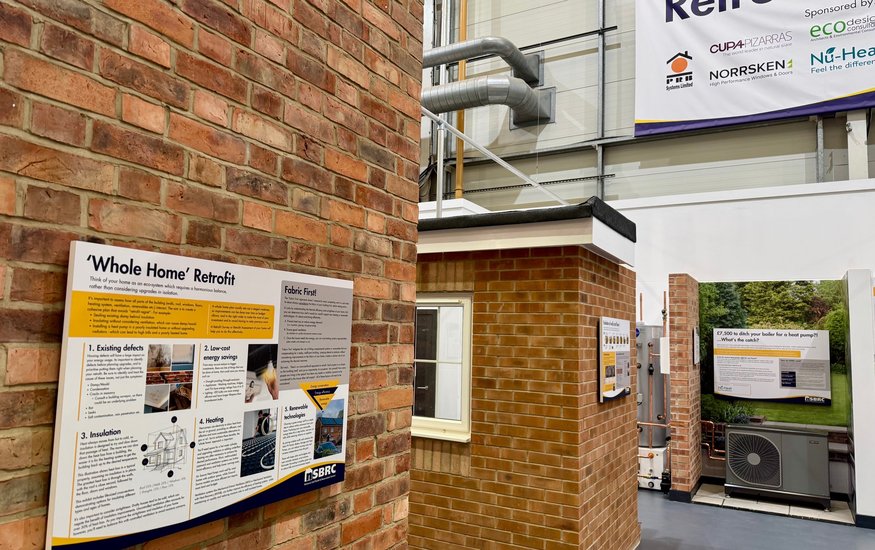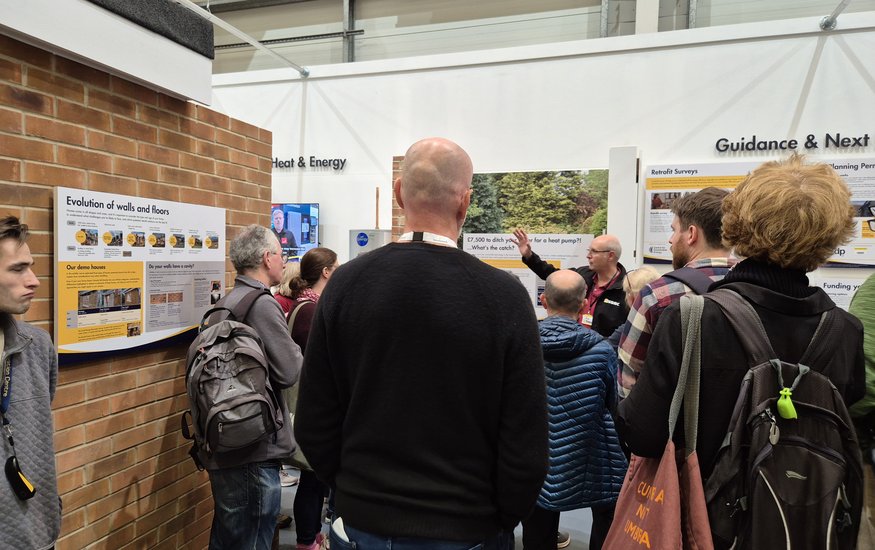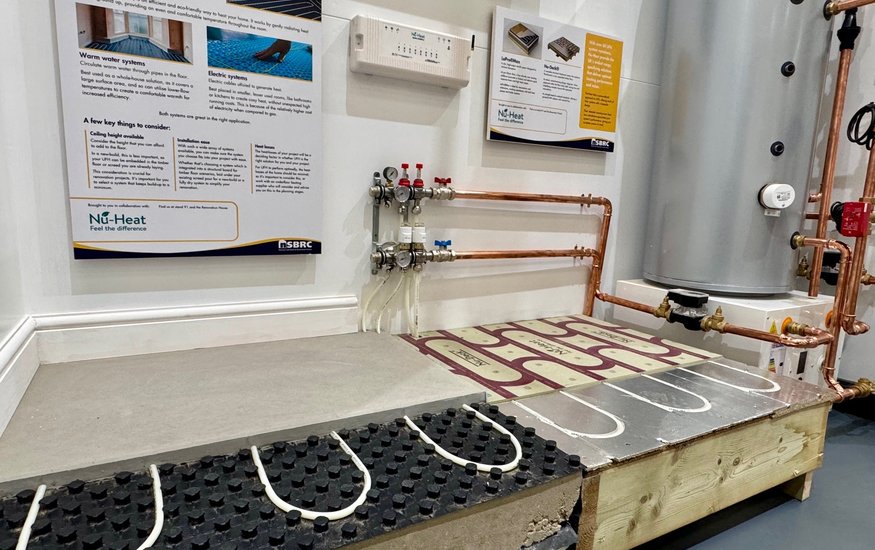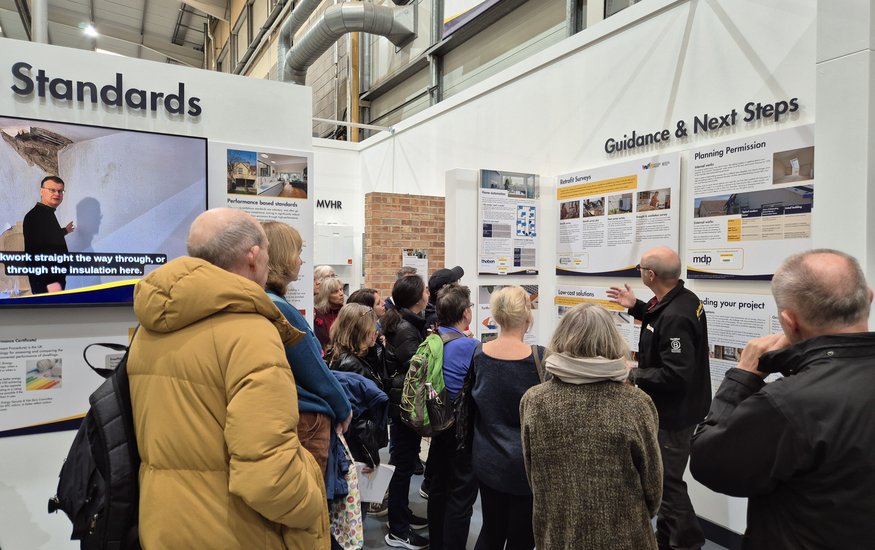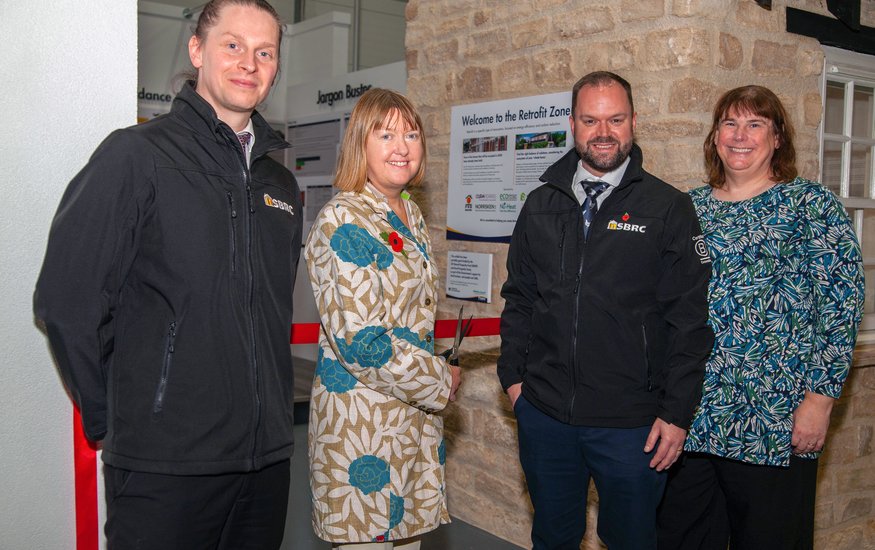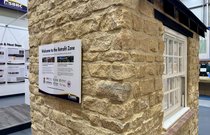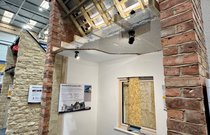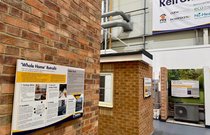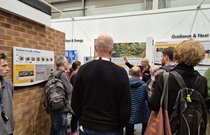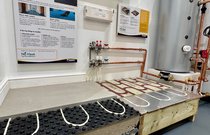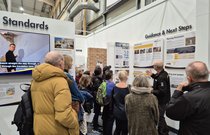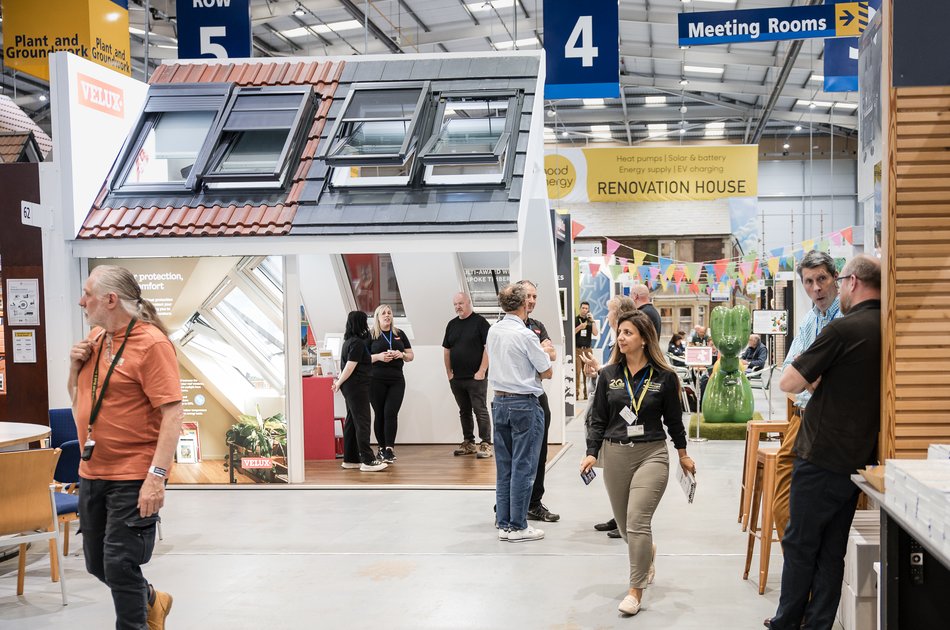Life-size cross-sections representing different types and ages of housing commonly found in the UK will help you explore the challenges you’re most likely to experience, and potential solutions best suited for you and your home - with an emphasis on taking a fabric-first approach.
The exhibit also features interactive digital elements to help you plan your retrofit, prioritising the most effective solutions for you, and helping your project run smoothly.
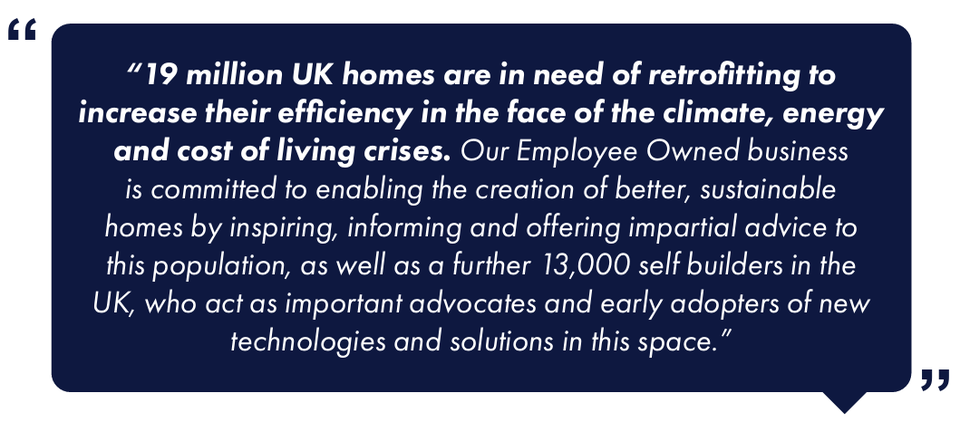
Why is Retrofitting Important?
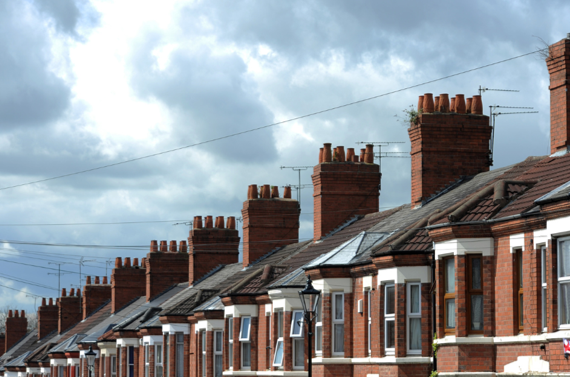
Four in five homes that will be occupied in 2050 have already been built.
The UK’s housing stock is among Europe’s least efficient, contributing around 13% of national emissions and leaving many households in fuel poverty. Around 19 million UK homes are in need of retrofitting to increase their comfort and efficiency in the face of the climate, energy and cost of living crises.
Retrofitting homes really is one of the most impactful strategies to cut emissions, reduce energy bills, and enhance living standards across the country - for ourselves and future generations.
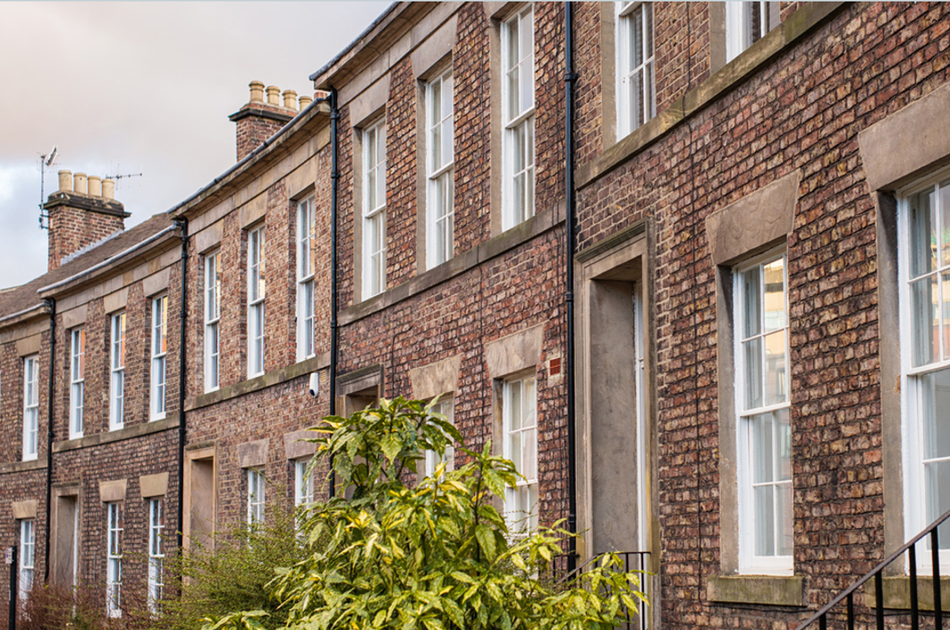
Find the right balance of solutions, considering the ecosystem of your ‘whole-home’.
Explore our solid stone-walled cottage, Victorian solid-brick and 1980s cavity wall demo houses, to see for yourself how your approach may vary depending on your home. We’ll demonstrate the benefits - and crucially, the considerations - of solutions, as they apply to different types and ages of homes ...and of course budgets!
The Retrofit Zone is here to help you navigate the possibilities and understand how they fit together. You’ll be equipped with the right questions and an understanding of your next steps, to begin your retrofit journey.
‘Whole Home’ Retrofit:
It’s important to assess how all parts of the building (walls, roof, windows, floors, heating system, ventilation, renewables etc.) interact. The aim is to create a cohesive plan that avoids “retrofit regret” - For example:
- Sealing existing damp behind insulation
- Insulating without considering ventilation, which can cause damp/mould
- Installing a heat pump in a poorly insulated home or without upgrading radiators - which can lead to high bills and a poorly heated home
A whole home plan usually sets out a staged roadmap, so improvements can be done over time as budget allows, and in the right order to make the most of your investment and to avoid having to redo previous work.
A Retrofit Survey or Retrofit Assessment of your home will help you to do this effectively.
Visit the Retrofit Zone to Learn About:
- Insulation & airtightness
- Ventilation & moisture management
- Efficient low-carbon heating
- Renewable technologies
- Low-cost energy savings
The Retrofit Zone also explains: retrofit standards and jargon, planning permission (for traditional or historic buildings / areas of outstanding natural beauty) as well as financing, schemes & VAT.
To make the Retrofit Zone a well-rounded and cohesive experience, providing the best possible guidance for homeowners, we’ve collaborated with a wide range of leading industry professionals, independent experts and community groups. The development of this educational exhibit has been gratefully supported by our sponsors, as well as Wiltshire County Council and the Business Fit for Growth scheme.
Sponsored by:

View featured exhibitor profiles:
AECB | BuildStore | Cupa Pizarras | Eco Design Consultants | Ecological Building Systems | GB Sol | The Green Register | Mark Doodes Planning | Norssken | Northcot Brick | Nu-Heat | PRB Systems Limited | PYC Warmcel | Roseview Windows | Theben
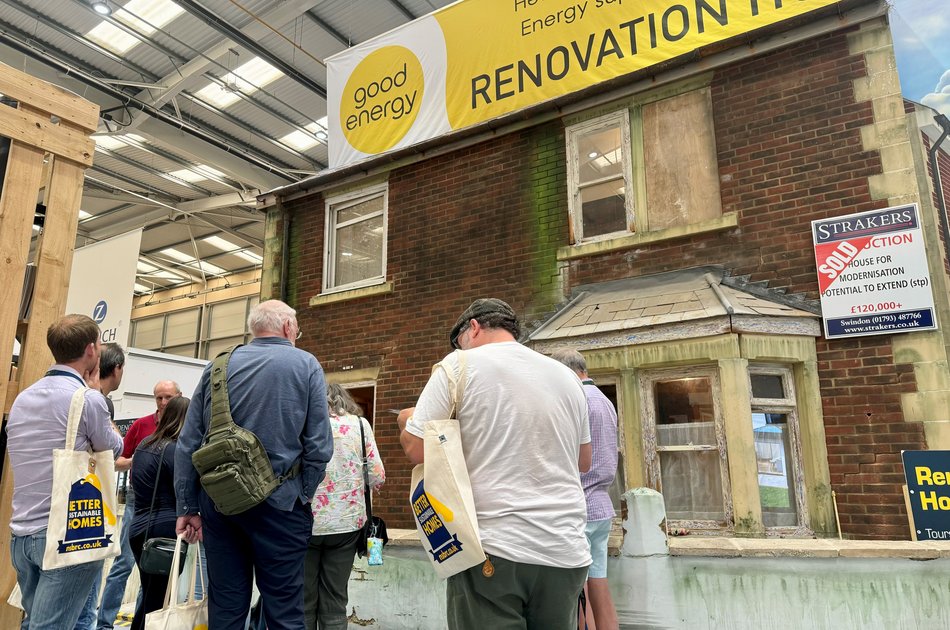
We look forward to welcoming you to the NSBRC’s newest educational zone, and helping you take the first step on your retrofit journey!
The Good Energy Renovation House, located at the opposite end of the visitor centre, is a great next step after exploring the Retrofit Zone.
The Retrofit Zone’s sister exhibit takes you through the stages of a renovation journey using an Edwardian 1920s house as an example.

